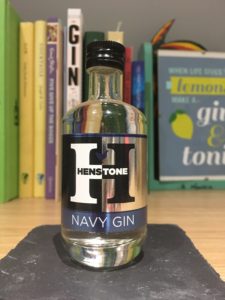Note: I met the team from Opera gin at Junipalooza and they kindly gave me a sample to try, as always I’ll let you know what I really think.
 What is Opera gin?
What is Opera gin?
To anyone looking for their next holiday destination, I would recommend Budapest. It’s a lovely city and we had a very fun week there despite falling down the stairs in a ruin pub and spraining my ankle, and falling in the Danube (sprained ankle first). You might wonder why I’m telling you this, but today’s gin comes from that fine city. Fellow WSET student, Balint Damosy (also a lawyer) realised during his training that gin was his passion and spent two years researching and learning about gin, before deciding that launching their own gin was not as insane as they thought. And so Opera gin was born. In April 2018, they received their distilling license to become the first micro-distillery in Hungary, and set up shop in a former cotton factory within the Budapest city walls. They chose to create a traditional London Dry gin as they wanted to create something that was not just high quality, but also true to the spirit. They start with a Hungarian corn spirit before adding standard botanicals: hand picked juniper from the Kiskunság National Park; Bulgarian coriander seeds; angelica; orris root; and liquorice. They then make their gin unique by using citronella grass (which I’ve never come across as a botanical before but feel free to correct me!), lavender, a touch of aniseed and cubeb pepper, and their signature botanical poppy seed. They say this all blends together for a citrus and juniper forward gin that works well with tonic, but also pairs with a dry vermouth to make a crisp martini. So, how does it taste?



 Note: The team at Glacier Fire tonic sent me some samples to try, but as always I’ll let you know what I really think
Note: The team at Glacier Fire tonic sent me some samples to try, but as always I’ll let you know what I really think




